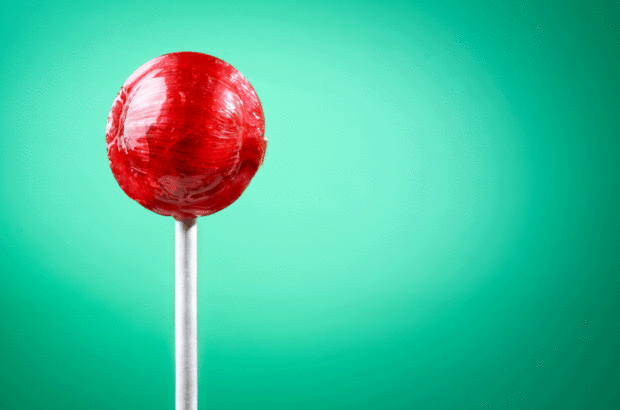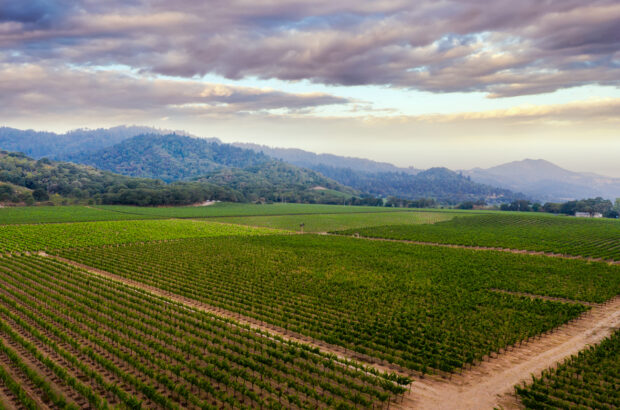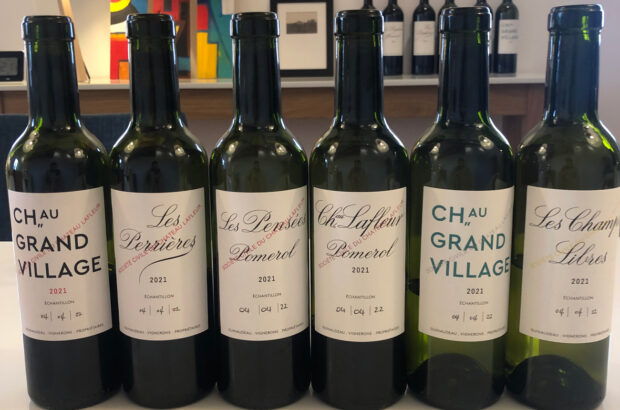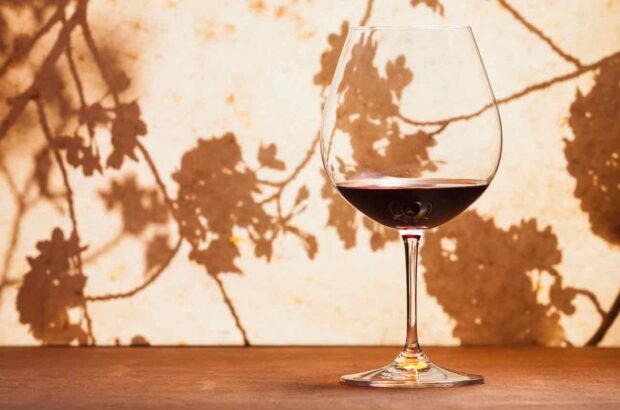In the latest chapter of a long-running dispute, the US Supreme Court has overruled a lower court's ban on genetically modified alfalfa seeds.
The decision allows the Department of Agriculture to finish a study to determine if this crop will harm the environment before deciding on whether to approve the seeds for general use.
The decision was the first by the US’s highest court over genetically modified organism (GMO) crops, one which may have implications for viticulture.
Andrew Kimbrell, executive director of the Center for Food Safety and a plaintiff in the case, said, ‘Nothing in practice has changed. This is still an illegal crop to plant. You cannot go out and plant this tomorrow.’
The decision comes as multinational biotechnology company Monsanto battles criticism over its GMO and business practices on multiple fronts.
The US Justice Department is investigating Monsanto for antitrust violations and complaints about noncompetitive practices.
Three state attorneys are investigating whether the corporation has abused its market dominance to sabotage rivals and raise prices.
The modified seeds were for approved for use in 2005 with District Judge Charles Breyer subsequently finding that the USDA had violated US law by not thoroughly examining potential environmental effects.
Professor Bruce Reisch of Cornell University’s Department of Horticultural Sciences told decanter.com, ‘there are no genetically modified grapevines on the US market so there is no effect of the ruling upon the grape industry.’
However, Randall Grahm of California’s Bonny Doon said he was ‘frightened by GMO vines…crops that are modified essentially to guarantee more sales for Monsanto.’
This is as a result of allowances made by the French agriculture and ecology ministries to deal with court-noué, the common grapevine virus.
MEPs José Bové and Sandrine Aries denounced the directive.
Bové said it ‘does not take into account the basic needs for the future of agriculture’, while Aries said the directive ‘may undermine an entire sector and distort the image of the wines of Alsace’.
Written by David Furer







